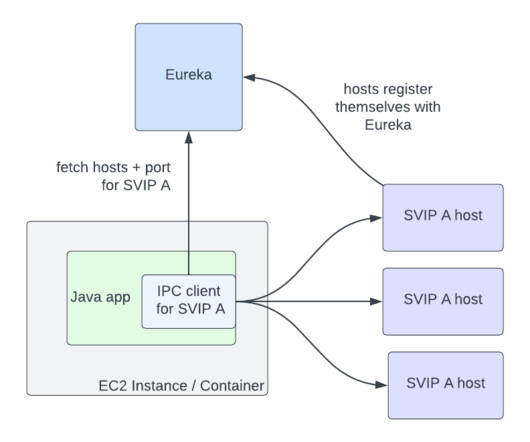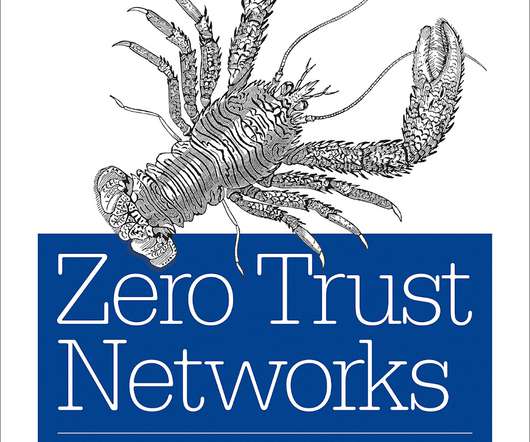The evolution of single-core bandwidth in multicore processors
John McCalpin
APRIL 25, 2023
Looking at sustained single-core bandwidth for a kernel composed of 100% reads, the trends for a large set of high-end AMD and Intel processors are shown in the figure below: So from 2010 to 2023, the sustainable single-core bandwidth increased by about 2x on Intel processors and about 5x on AMD processors.






























Let's personalize your content